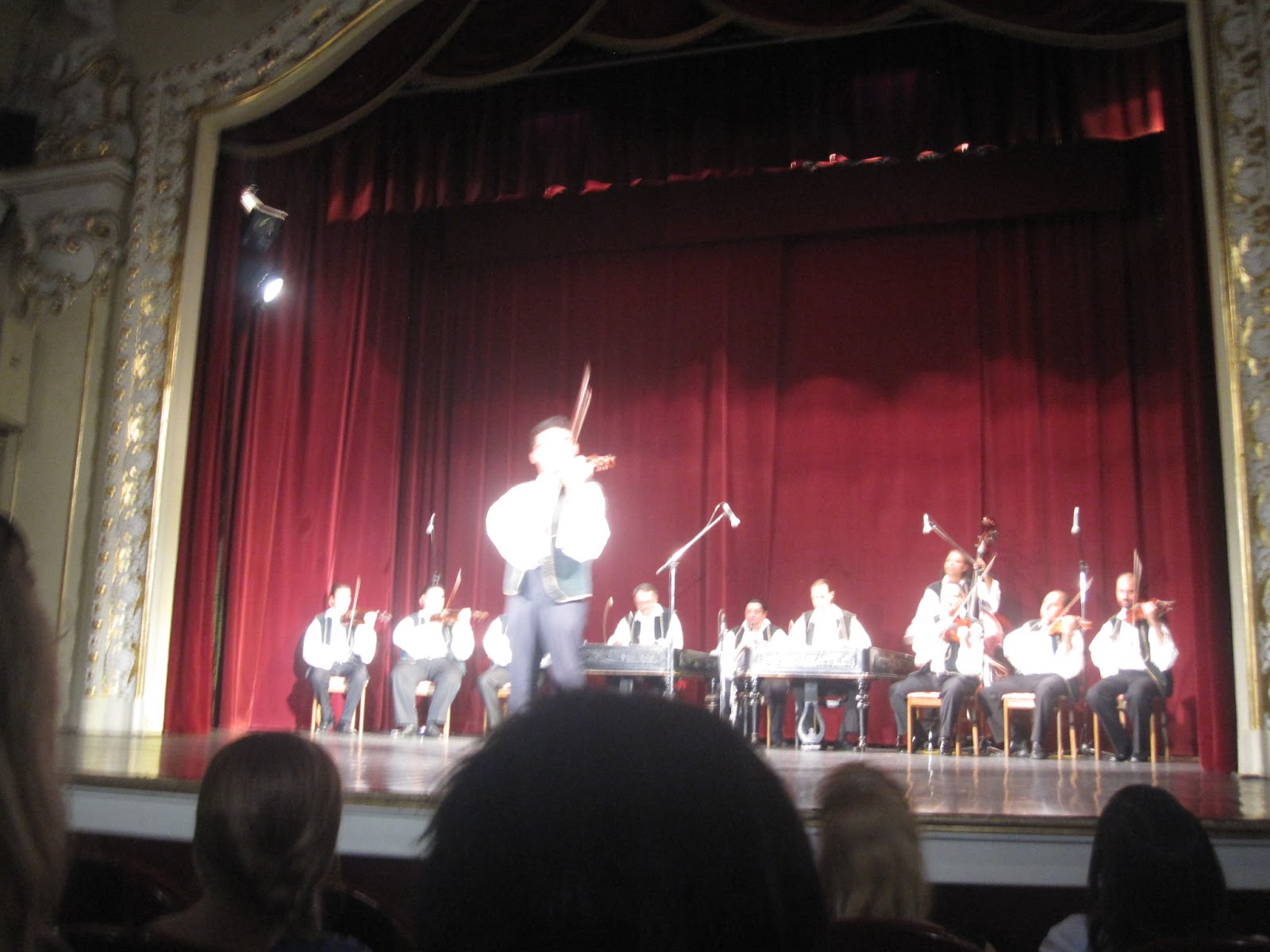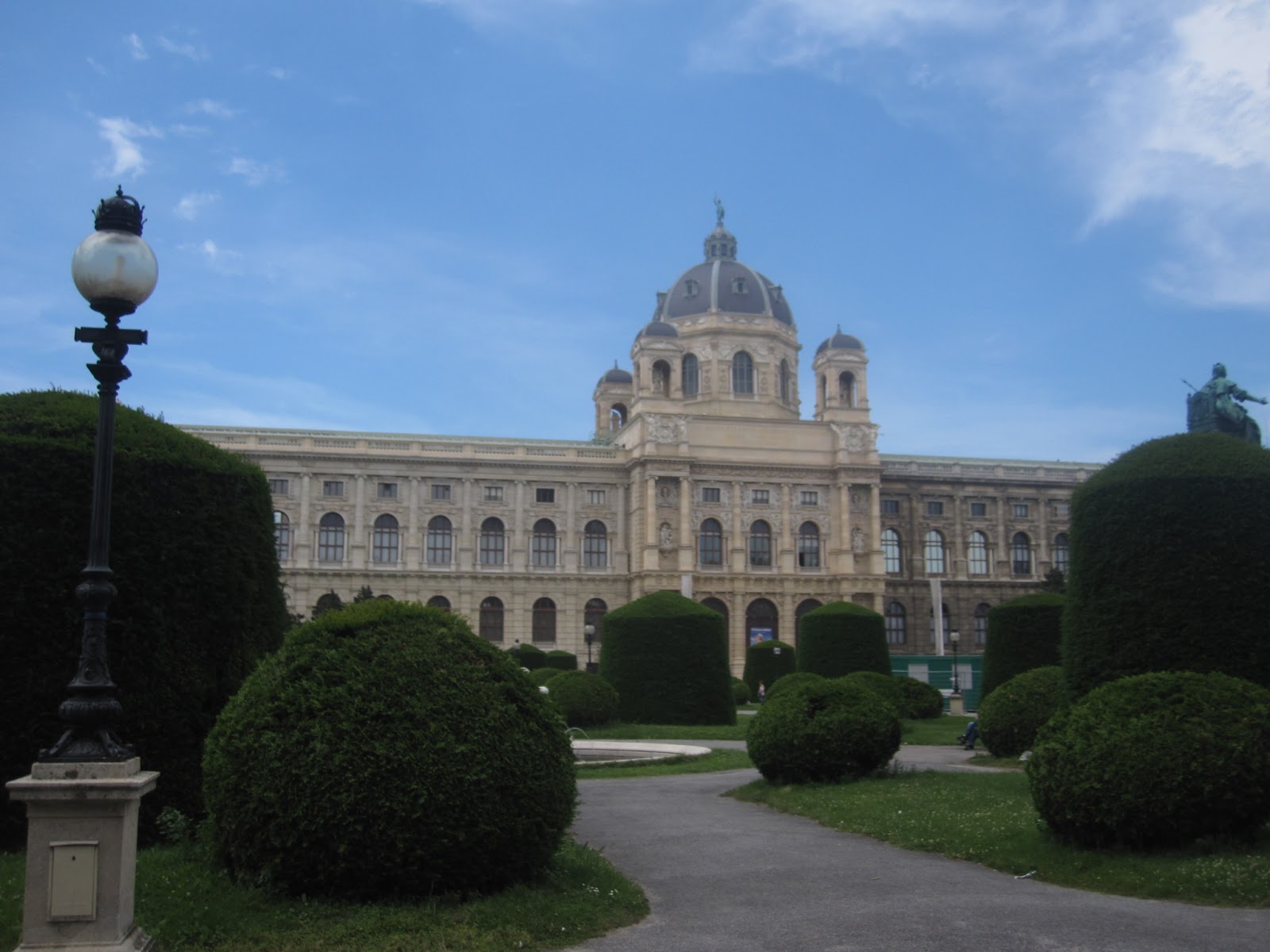TEGETTHOFFSTRASSE
History of the Wiener Staatsoper:
The Vienna State Opera is an opera house/company with a history
dating back to the mid-19th century. The Wiener Staatsoper house was built
between 1861 and 1869 by August von Sicardsburg and Eduard van der Null along
Vienna’s Ringstrasse as the first of several large public buildings along the
street. The initial welcome of the initial architectural concept was so
negative that van der Null took his own life; Sicardsburg also died two months
later. After its near-total destruction at the end of World War II in 1945, the
State Opera House was rebuilt according to original plans and re-opened in
1955. It was most likely built along the
Ringstrasse so it was available and convient for all citizens and visitors to
see. It is in the main part of town,
giving the popular musical emphasis an easy attraction. The purpose of my analysis is to effectively
observe and write about the present attractions and ideas of the nearby streets
of the Staatsoper to relate to the nearby local and non-local traffic.
Methodology:
I conducted my on-site data collection by
walking about three blocks to Johannestrasse along the Tegetthoffstrasse and Karntnerstrasse with
Lizzy. While walking along the street,
we took many pictures of nearly every shop, transect, and other areas to have
data to effectively write this analysis of the street we specifically
documented.
 | |
| Lizzy in action on Karntnerstrasse |
Results:
 |
| View of the Staatsoper to my back, right side of the street |
I am writing my analysis on
Tegetthoffstrasse. It is located one
parrell block to left of on of the most popular streets in Vienna,
Kartnerstrasse. Tegetthoffstrasse was a
lot less touristy than most streets near the Wiener Staatsoper, in my
opinion. Compared to Karntnerstrasse,
this street was tremendously less crowded and touristy, had much less shopping,
and overall had a less upper- class feel.
This street was not a pedestrian- only street. It was a street for
vehicles with pedestrian sidewalks on either side. There were filled parking spots with parked
cars all lining the street, which gave it that less touristy feel.
 |
| Parked cars all along the street |
 |
| Parked cars along the left side of the street |
 |
| Cars were driving down the street |
The first shop on the right after crossing
the street, with the Staatsoper to my back, was called “Mozart Café”. This cafe obviously has much of its name
influenced from the Wiener Staatsoper with a large musical influence,
attracting those with appreciation for music and/or those with some musical
knowledge and maybe those touring Vienna especially interested in the Wiener
Staatsoper. This cafe, I felt, was more
for the locals. The main menu had no English
translation compared to most restaurants we saw on the Karnterstrasse.
 |
| Menu of Mozart Cafe only in German |
On the contrary, directly across the street
on the right was a small touristy area with a museum entrance and a space for
carriage rides to start. Only tourists
take advantage of the tour rides, I can imagine. I found this sort of strange,
making this street feel half touristy and half for the locals.
 |
| Left side of the street- more touristy |
The next block was filled with stores: pastry
shops, two banks, and a clothing shop.
 |
| Bank for locals only |
 |
| pastry shop |
What differed from this clothing shop from those mostly on the
Kartnerstrasse was its middle- class display and prices, from what I could
tell. Unlike on the Kartnerstrasse, this
male clothing store was for the middle class rather than upper.
On the other side of the transect was a café called “Café Coffee
Day”. This café seemed touristy from
the outside, but inside it felt more local.
This was because of its non- impressive inside. I feel like this makes it less touristy
because all other stores in Vienna that want to impress the tourists (in my
opinion) are more exquisite in the interior.
This café was plain. Large, but
plain. The menu and name of the café was
in English, so that was a strange contradiction.
 |
| Outside the cafe |
 |
| The plain inside of Cafe Coffee Day |
Across the street on the was another café. From what I could tell, this café seemed more
like a tourist attraction with its attractive exterior.
The next store next to the café, across the
street to the left, was a store called “Vienna World”. This was, what seemed to be, a random musical
souvenir shop. This also had an obvious
relation to the famous Wiener Staatsoper only a block away.
What also striked this street as a less of a
tourist place was the look of the street itself. It was not gorgeous. It was a normal street, with parked cars,
cars going down the street, and some garbage lying around. This was a total difference from the
Karntnerstrasse, and I think that’s what made it so obvious.
 |
| not a very attractive street as Karntnerstrasse is |
 |
| small efforts to make it nicer, but does not work too well. |
Conclusion:
(When walking away from the Wiener Staatsoper.)
Overall, I felt the left hand side of
Tegetthoffstrasse was touristy, while the right hand side was more for the middle-
class locals. On the right hand side
there were cafes with a local feel, local bank shops, and some random middle-
class clothing stores. On the left hand
side there was a café with a tourist feel, a museum, and a starting point for
carriage rides. On both sides there was
an obviously influence from the musical area and especially from the Wiener
Staatsoper. On the right there was the “Mozart
Café”, and on the left the “Vienna World” musical souvenir shop. It is easy to understand why the city of
Vienna wants to attract both tourists and locals to this area of the city. This method of analyzing I felt like was very
effective. It’s amazing how much
information you can gather by just observation.
I can definitely see why this is an effective form of experimentation
and gathering inquiry for a geographer in any setting- whether in the country
or downtown of a famous city like Vienna, Austria.



































